Do 3003 Aluminum Circles Need Anodizing for Cookware Production?
3003 aluminum alloy is one of the most commonly used and representative materials in the cookware manufacturing industry. 3003 aluminum circles are often deep-drawn or spun into the body of pots, pans, and other utensils. Compared with 1000 series aluminum circles, 3003 offers higher strength, excellent formability, and outstanding performance in deep drawing and spinning processes.
Performance Advantages of 3003 Aluminum circles
1. Excellent Corrosion Resistance
The addition of manganese gives 3003 aluminum superior corrosion resistance in humid environments compared to pure aluminum (e.g., 1060). This makes it highly suitable for cookware that frequently comes into contact with water and food.
2. Good Formability
In the annealed (O temper) or semi-cold-work-hardened states, 3003 aluminum discs exhibit high plasticity, making them easy to process through deep drawing, spinning, and other complex forming methods without cracking or wrinkling.
3. Moderate Strength
3003 has greater strength than pure aluminum, providing the necessary structural stability and load-bearing capacity for cookware, while maintaining good workability.
4. Excellent Thermal Conductivity
Like other aluminum materials, 3003 has outstanding heat conductivity, allowing cookware to heat evenly and quickly, reducing cooking time.
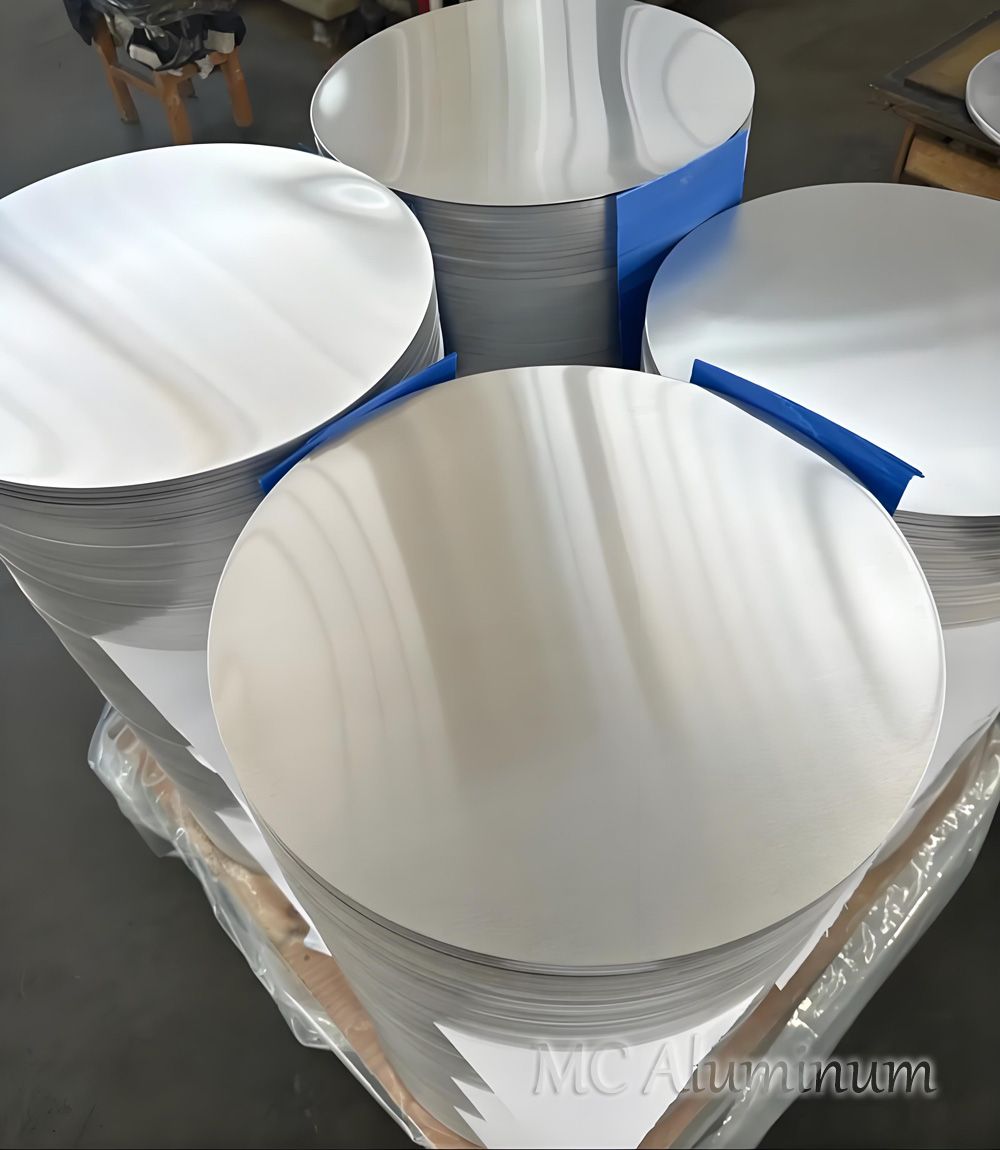
Is Anodizing Necessary for 3003 Aluminum Cookware?
The short answer: While technically not mandatory, anodizing is highly recommended and has become an almost indispensable step in modern cookware production. Anodizing significantly improves safety, durability, and functionality, ensuring cookware can withstand daily use and maintain a long service life.
Benefits of Anodizing (Anodic Oxidation)
1. Formation of a Stable Oxide Film (Al₂O₃): Increases corrosion and wear resistance while minimizing metal leaching caused by direct contact with food.
2. Improved Surface Hardness and Scratch Resistance: Extends the lifespan of cookware by protecting the underlying aluminum.
3. Enhanced Coating Adhesion: The porous structure formed after anodizing improves bonding with non-stick or ceramic coatings, reducing the risk of delamination.
4. Aesthetic Enhancement: Anodizing allows for coloring and decorative finishes, improving product appearance.
Common Anodizing Techniques for Cookware
Standard Anodizing: Involves pickling followed by anodizing. This is suitable for mid-range products with moderate performance requirements.
Spray + Anodizing Combination: One side is sprayed and the other is anodized after pickling. Commonly used in rice cookers and other cookware requiring dual-surface treatments.
Hard Anodizing: A more advanced process that creates a thicker and harder oxide layer, offering superior corrosion resistance. Frequently used for high-end cookware.
Is Cookware Made from 3003 Aluminum Safe?
Yes, it is safe.
Cookware made from 3003 aluminum circles complies with national food safety standards. When 3003 aluminum cookware undergoes professional surface treatments such as anodizing or non-stick coating, it is safe for daily cooking if used and maintained correctly.
Consumers should simply avoid using untreated aluminum cookware to cook or store highly acidic or alkaline foods for extended periods, as this can accelerate corrosion and aluminum leaching.
By selecting 3003 aluminum circle discs and applying the appropriate surface treatment, cookware manufacturers can significantly enhance the safety, durability, and market competitiveness of their products.



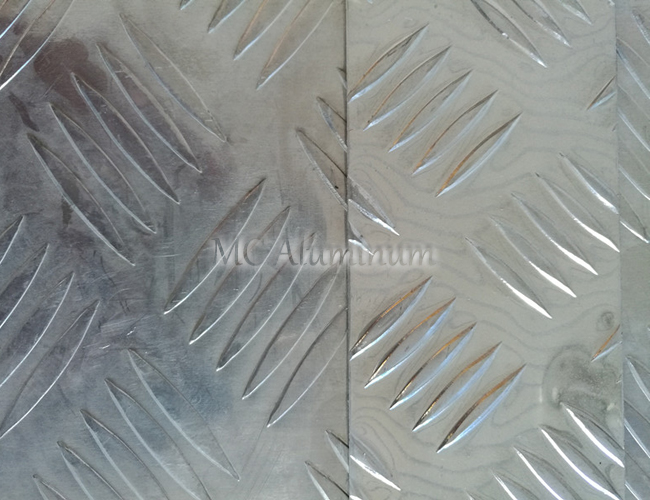
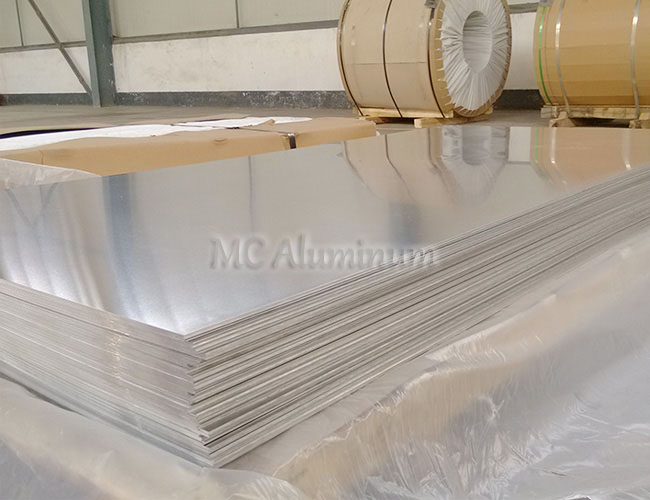
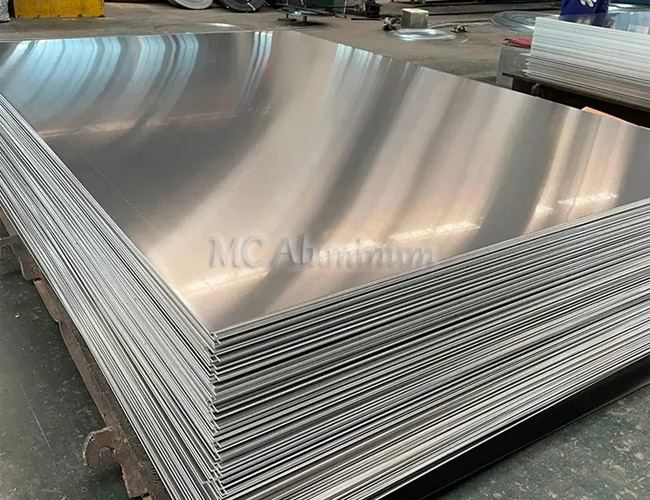
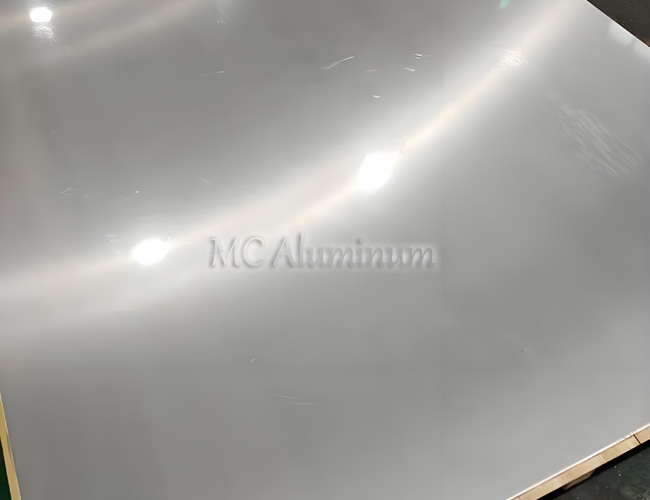
Contact Us